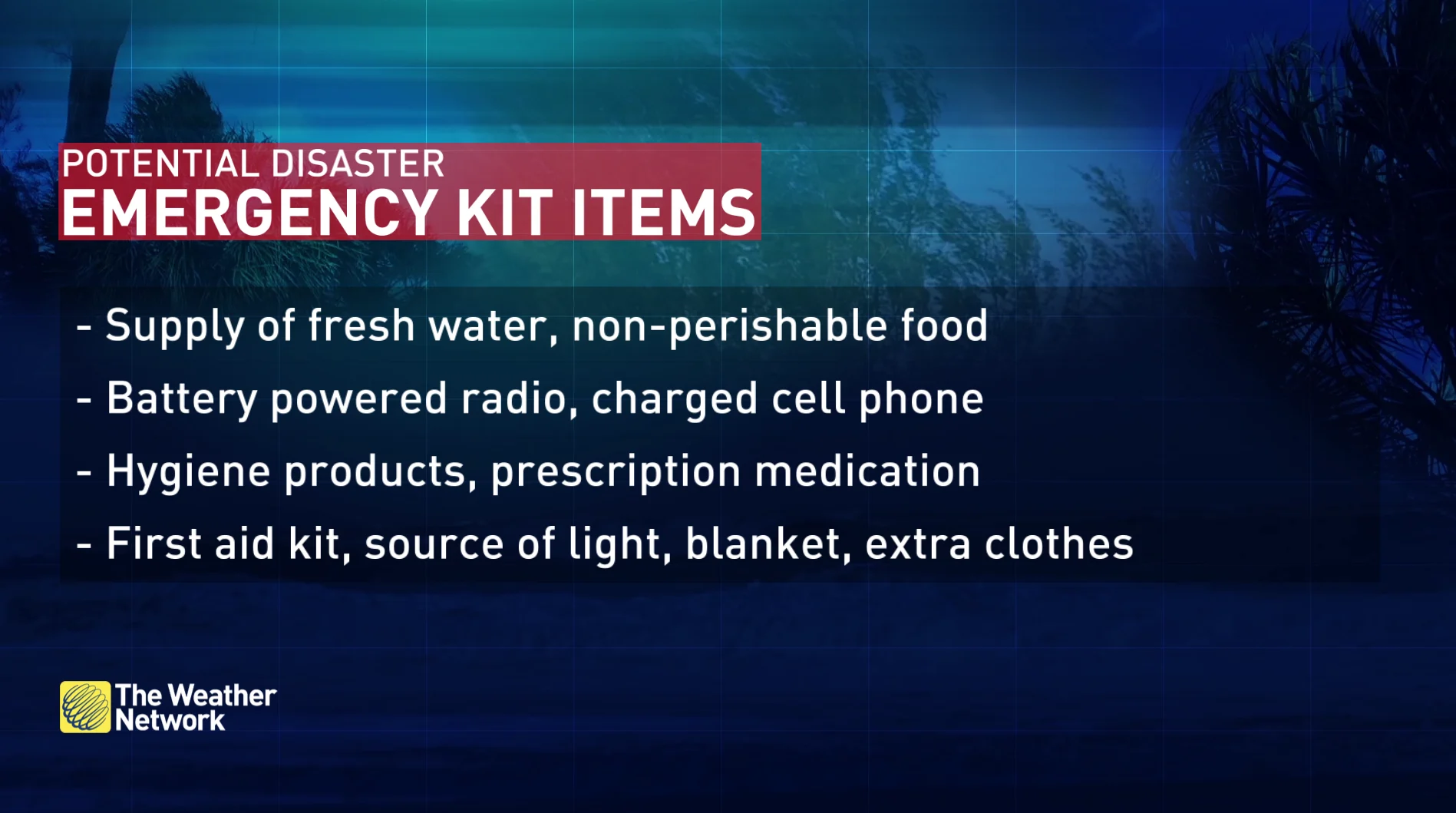
Get ahead of disaster: Six tips to manage flooding
Here are some tips that can help keep you safe and, hopefully, dry.
With heavy rain hitting parts of the country, planning ahead is the best way to mitigate flood risk.
While some damages are unavoidable, taking an assessment ahead of time can make a huge difference.
Here are some tips that can help keep you safe and, hopefully, dry.
1. CHECK YOUR INSURANCE
Living in a flood-prone zone may make a home ineligible for flood insurance, but living outside of a flood area doesn't necessarily ensure coverage.
"Buyers need to be aware that houses may be deemed to be a flood risk despite not being near water," says Garth Macdonald, a student-at-law at Delaney’s Law Firm in Ottawa, Ont.
"Each insurance company determines which areas are at risk. Categories like 'flood plain,' 'susceptible zones,' and 'fringe flooding areas' will affect insurability, rates, and policy riders." Macdonald recommends finding a local, knowledgeable broker to help select the right flood policy and riders.
Experts recommend reviewing your policy prior to floods to avoid unwelcome surprises when trying to file a damage claim.
WATCH: Flood insurance isn't guaranteed, and which type you have varies
2. PROTECT YOUR HOME
This can include:
Sealing your basement to prevent water from seeping into creeks
Raising electrical system components as high as possible
Making sure your sump pumps are working properly
If a big storm is coming, consider stocking up on supplies, like: sandbags, plywood, plastic sheeting and shovels
RELATED: What you can do to recuperate following a flood
3. PROTECT YOUR CAR
If you can, arrange to leave your car in a high-elevation area, and avoid driving in flooded areas at all costs.
"When approaching a flooded area, you can't be sure of the depth of the water or the condition of the road beneath it, which may be broken up or washed away. Worst case, there may be no road left under the water," writes Gary Malloy, a columnist at autofile.ca.
"Just 15 cm of standing water – sometimes less – can be enough to cause engine stalling. Your engine can suffer serious and expensive damage if it ingests water. And you'll be stranded."
Malloy adds it's never safe to attempt driving through fast-moving water because it could sweep your vehicle away.
"As a rule of thumb, don't drive into water that's too deep to see the painted markings on the road."
According to State Farm Insurance, nearly half of all flood deaths occur when vehicles stall, or are swept away by floodwaters.
WATCH: What to do if live power lines fall onto your vehicle during a storm
4. AVOID FAST-MOVING WATER
Streams, creeks and low-lying areas should be avoided. Flash flooding can happen in a matter of minutes during, or shortly after, a major rain event.
5. PREPARE AN EMERGENCY KIT
Stock up on bottled water, canned food, blankets and first aid supplies.
Make sure medication is topped off and kept in an elevated, dry place.

DON'T MISS: Everyone needs a home emergency kit. Here's what to stock yours with
5. BE AWARE
Monitor The Weather Network's app or TV channel, and pay attention to local announcements for flood updates and watches.
If you are forced to leave your home due to an evacuation, be aware of which roads are safe to drive on. If your area has been evacuated, do not return home until authorities have allowed you to do so.
WATCH: Worried about a power outage? How to prep ahead of time
This article was originally published on September 6, 2016, and has been updated. Thumbnail image shows flooding in Ottawa, Ont., on August 10 2023; Uploaded to The Weather Network by Chantal C.










